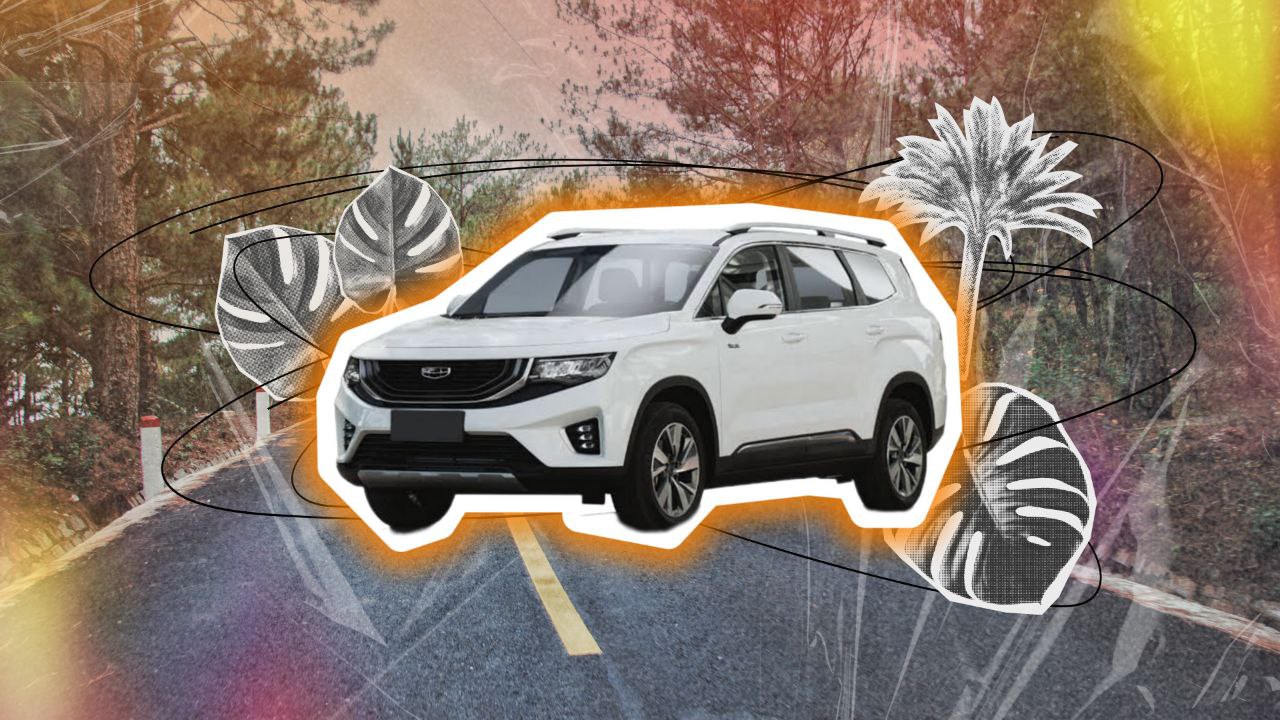To say the least, it’s an attractive choice for eco-conscious drivers.
Related: Don’t Get It Twisted, Dexie Diaz’s Love For Cars Is The Real Deal
In the age of climate consciousness, hybrid cars are like the insulated flasks everyone wants to have—they promise to be eco-friendly and efficient by combining the best of both worlds: the fuel efficiency of electric power with the range of traditional engines.
If you’re young and planning to purchase your first ride with the planet in mind, it’s easy to be swayed by the claims and commercials you see on social media. But the real question is: are hybrid cars really better for the environment, or is it merely another budol? Let’s dive into the hype and see if hybrid cars live up to their green reputation.
First things first, what are Hybrid Cars?
A hybrid car is like having a versatile teammate on your daily commute. It’s equipped with both a gasoline engine and an electric motor, allowing it to adapt seamlessly to different driving conditions.
Picture this: during stop-and-go city traffic, the electric motor takes the lead, sipping energy efficiently without emitting exhaust fumes. When you need a boost for highway acceleration or longer trips, the gasoline engine steps in, providing the power you need while keeping overall fuel consumption in check. Cool right?
What Makes Them Tick?
Hybrid cars aren’t just about fuel efficiency—they’re packed with innovative engines that make them both green and mean on the streets. From the adaptable Series-Parallel hybrids to the power of Plug-In hybrids, let’s take a closer look at the diverse technologies that drive these ~eco-conscious~ cars forward.
Mild Hybrids
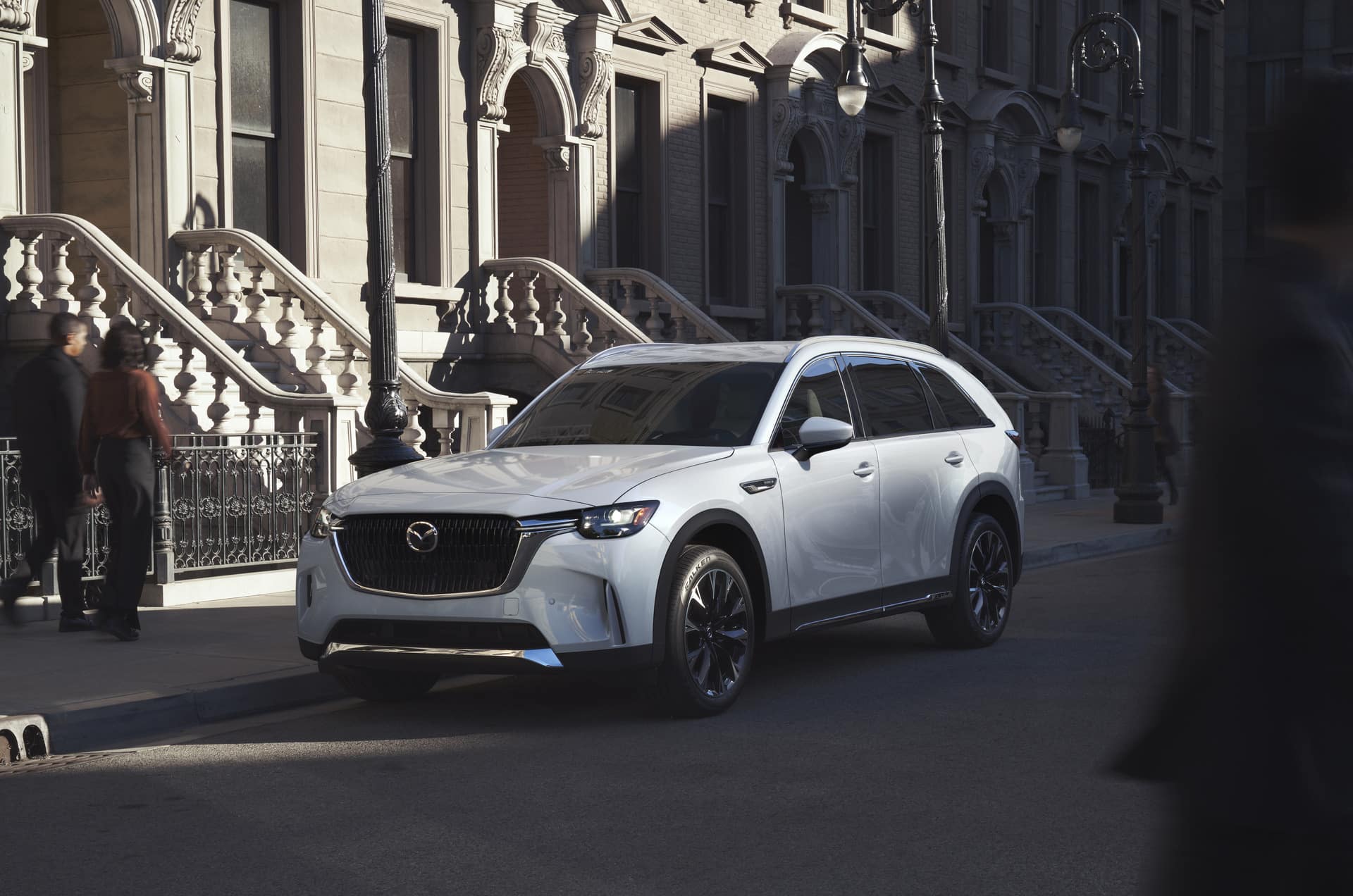
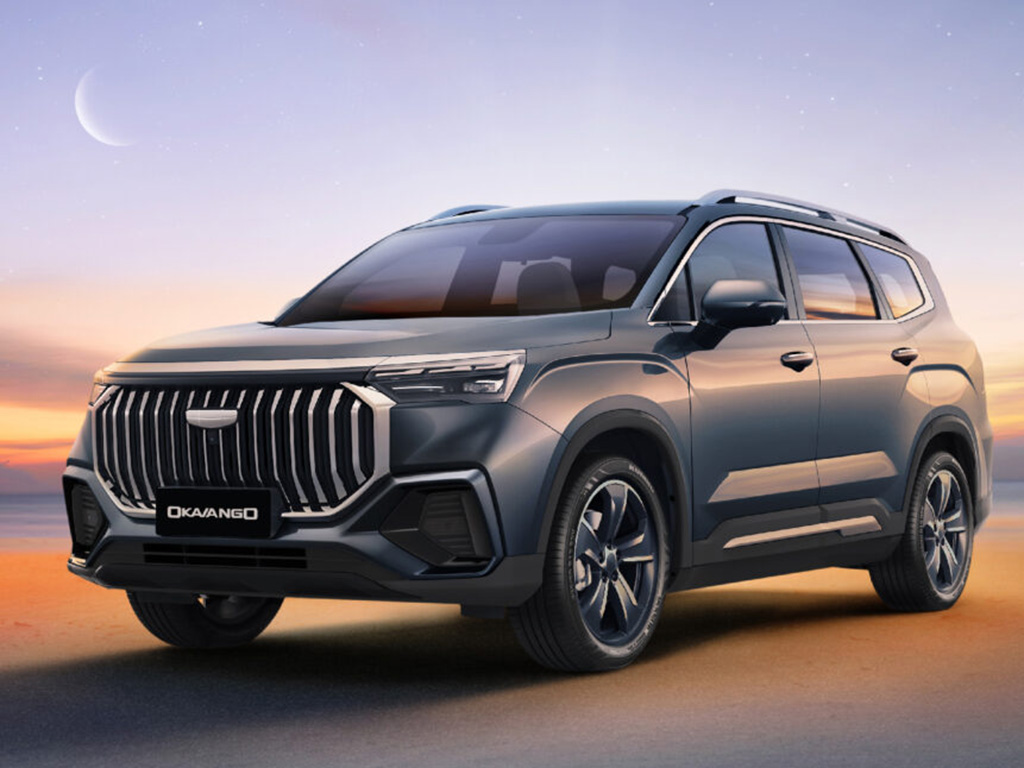
Mild hybrids are the helpful assistants in the hybrid family. They don’t go fully electric like most hybrids, but they still make a big difference in fuel efficiency. Imagine you’re merging onto a highway in a Geely Okavango or Mazda CX-90.
As you step on the gas, the electric motor quietly lends a hand to the gasoline engine, making acceleration smoother and more efficient. It’s not fully electric, nor is it fully traditional, but this teamwork helps save on gas, especially in stop-and-go traffic or during quick maneuvers around town.
Plug-In Hybrid (PHEV)
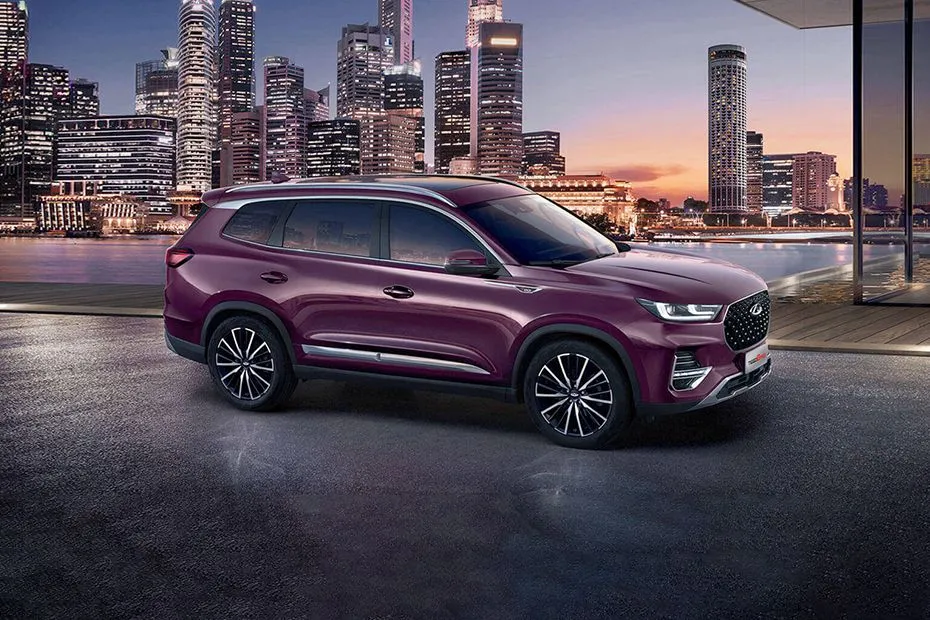
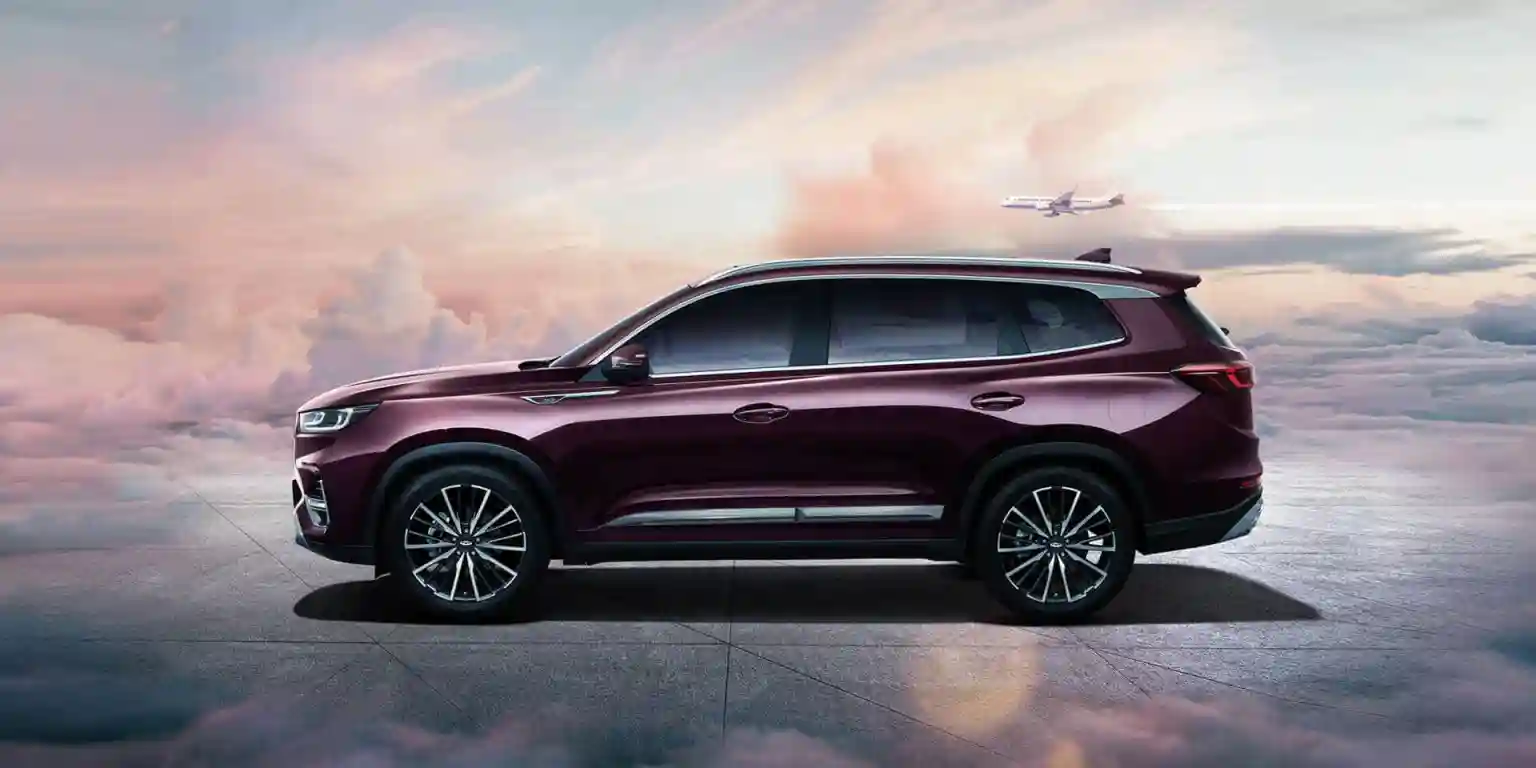
Plug-In hybrids are like the hybrid adventurers—they have a bigger battery that you can charge up by plugging into an outlet or a charging station. This larger battery gives them the ability to travel longer distances using only electric power before the gasoline engine kicks in.
Take the Chery Tiggo 8 Pro, for example. It’s designed to give you the best of electric driving for extended periods, making it perfect for daily commutes or short trips where you want to minimize emissions and fuel costs. When you need to go farther, the gasoline engine seamlessly takes over, giving you the freedom to drive without range anxiety.
Series-Parallel Hybrids
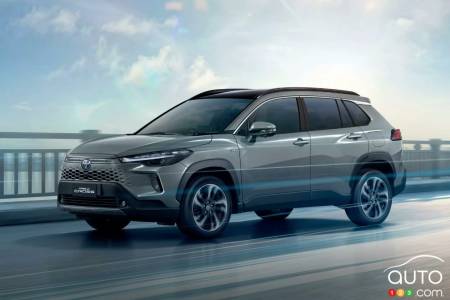
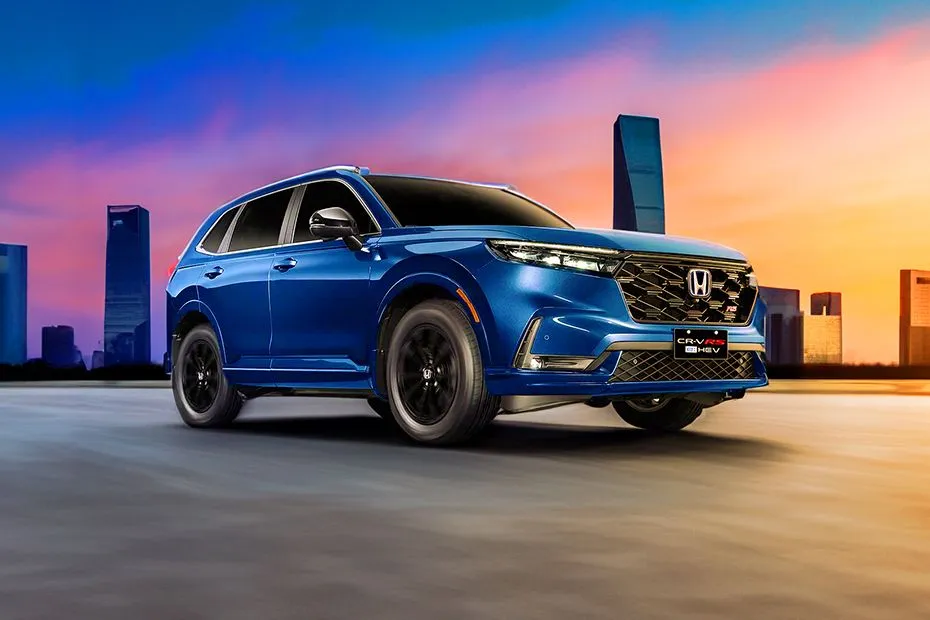
Series-Parallel hybrids are like having a car that knows exactly what you need, when you need it—they can adapt to different driving conditions with ease. These hybrids offer versatility: they can run solely on the gasoline engine for more power, switch to electric power from the battery for efficient driving, or blend both sources for the best of both worlds.
Imagine cruising through busy city streets in a Toyota Corolla Cross or a Honda CR-V e. When traffic slows down, the car seamlessly switches to electric power, gliding without burning fuel or emitting exhaust. Then, when you hit the open highway and crave a burst of acceleration, the gasoline engine smoothly gives you that extra oomph without a hitch.
Hot Take: Are Hybrid Cars Really Better for the Environment?
Whenever you’re considering whether hybrid cars are truly better for the environment, the answer isn’t straightforward. Yes, they offer improved efficiency and lower emissions compared to their purely gasoline-powered counterparts, but the overall impact isn’t as clear-cut.
The first concern is battery disposal. At the end of their lifespan, hybrid batteries require proper disposal or recycling, presenting challenges due to the materials involved. While the industry’s recycling technologies will be crucial in minimizing the environmental footprint of hybrid vehicles over time, the mining processes required to extract materials like lithium and cobalt for batteries are resource-intensive and can have detrimental environmental effects. Additionally, hybrid vehicles still rely on fossil fuels, which means they continue to contribute to greenhouse gas emissions.
Moreover, factors such as climate conditions, driving habits, and vehicle maintenance all influence the actual benefits experienced by its current owners. It also doesn’t help that hybrid cards aren’t exactly the cheapest wheels on the market.
Regardless of these challenges, hybrid cars still represent a better option than traditional gasoline engines for most drivers today. They offer a practical bridge towards a more sustainable future, helping reduce emissions and fuel consumption as we work towards even cleaner technologies.
Continue Reading: Did You Know, Drivers License Could Have Been Way More Emotional Than It Already Is?
